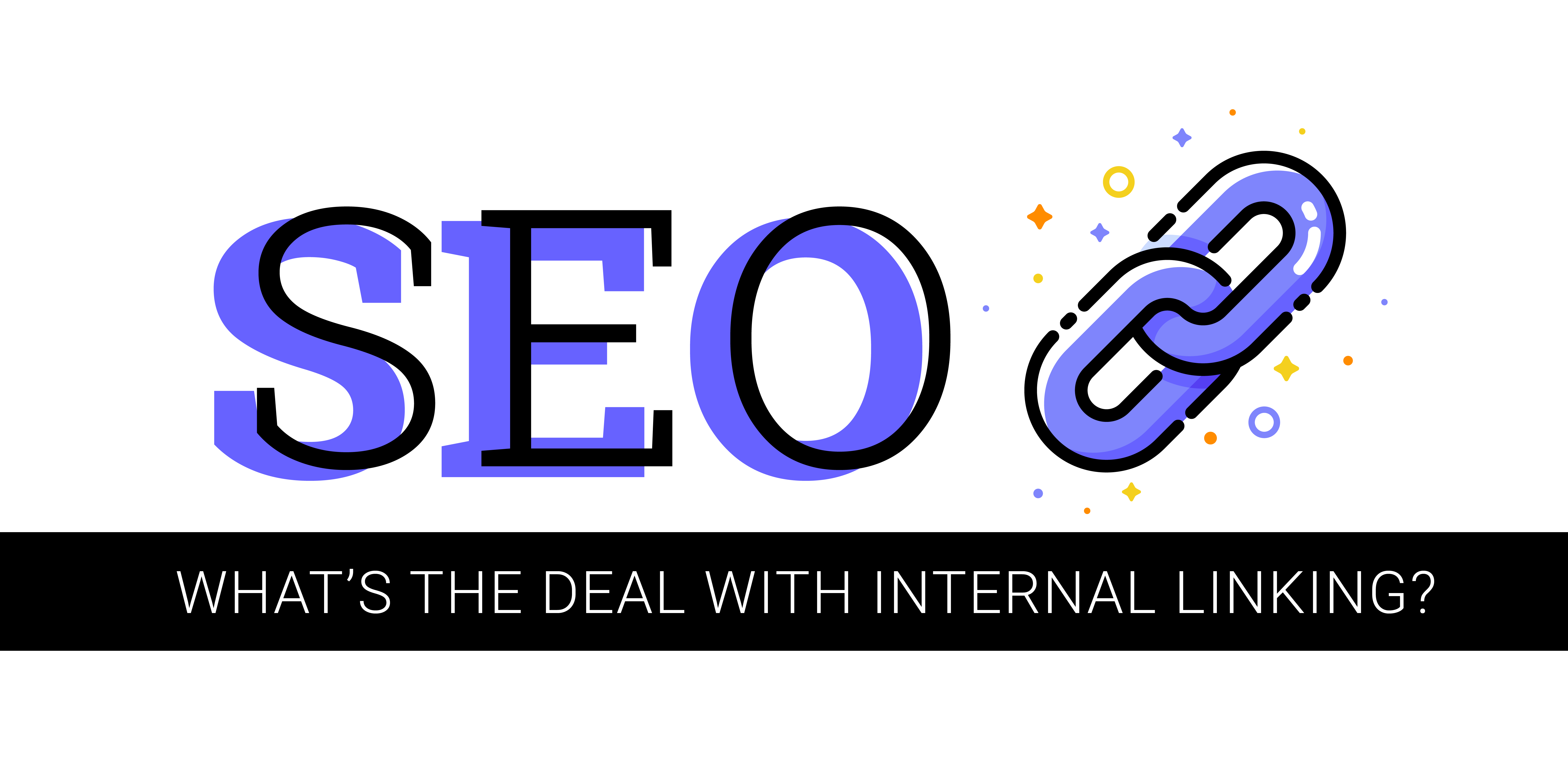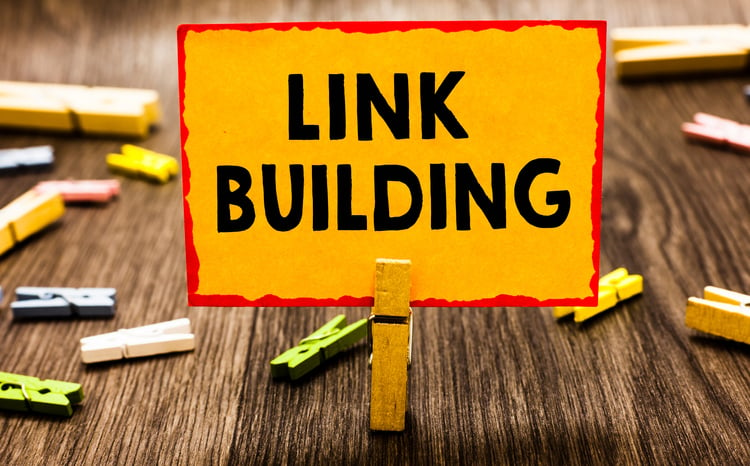When it comes to SEO, there’s a lot to do. From researching keywords, to creating and optimizing content, making sure your website is free of errors, to outreach and link building, let’s just say the list is long. One important factor that’s often overlooked, however, is internal linking.
What are Internal Links?
Simply put, internal links are links that go from one page of your website to another page of your website.

Why are Internal Links so Important?
- Internal links are valuable because they can help your users navigate through your content in a meaningful way.
- They create a hierarchy so Google (and other search engines) can understand your website better.
- They distribute link equity. In other words, the more links a page receives, the more value Google gives it. Similar to backlinks, internal links are like a vote for that page.
- Links from new content are a signal to Google that new pages need to be crawled. Adding internal links can speed up the crawling process and be vital for getting new pages indexed.
The most common types of links on a website are navigation links, footer links, and contextual links. Contextual links are links found within your content. When it comes to SEO, contextual links are the most important type of link. As the name suggests, contextual links provide users and search engines context about what the content is about. In-context links are the highest value.
If you’re committed to SEO, an internal linking strategy is key. Follow these best practices as you’re putting together your strategy.
Opt for Flat Architecture
A shallow website structure will guarantee that your website’s pages can be reached within 3-4 clicks. We’ve all been to websites where content is disorganized and it’s a challenge to find what you’re looking for. A good internal linking strategy can help ensure your pages are organized and easy to find and keep people from bouncing off your site.
Identify Your Cornerstone Content
Cornerstone content is made up of the essential pages of your website. In other words, it’s the content you want your users to see and the content you want to rank in Google. Make sure your entire team knows what your top priority content is.

Add Contextual Links
Internal links should link to your cornerstone content. Links to important content indicates that those pages are important and related. For example, let’s say you’re a nonprofit organization with a great blog post about increasing donations, linking that blog post to your donations page shows Google (and users) that those pages are topically related.
Use Keyword-Rich Anchor Text
To those of you familiar with backlinks, this contradicts best practices for anchor text for backlinks. But for internal links, Google recommends using descriptive text that offers an idea of what the page linked to is about. I’m sure you’ve seen pages with “click here” anchor text. “Click here” tells your users nothing about your content.
Be cautious, however, with using keyword-rich anchor text as it can look spammy when you use the same anchor text again and again on the same page. Keep it natural!
Don’t Use the Same Anchor Text on Two Different Pages
Using the same anchor text on two different pages tells Google that the pages are about the same thing. They most likely aren’t. Instead, consider using unique, descriptive anchor text for each page.
Keep in mind that if you do have the same identical links and anchor text on one page, Google will count the first one it sees and discount the other.
Create a Process for New Content
When you publish new content, consider your internal linking strategy. What content is most relevant to the new content? What topics are similar? What would a user find helpful? If your team uses a tool like Google Sheets or Trello for managing your content calendar, add a field for internal links. That way, your links are strategic and not just an afterthought.
SEO isn’t a one and done thing. It’s a process. Similar to the way a gardener approaches a thriving vegetable garden, SEO takes time and patience. If you’re consistent, your hard work will pay off.
Need help with your SEO campaign? Contact Us today to learn what we can do for you.